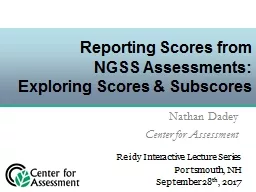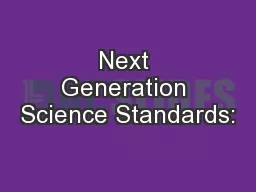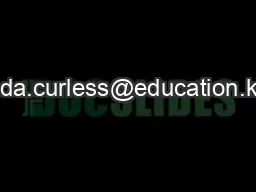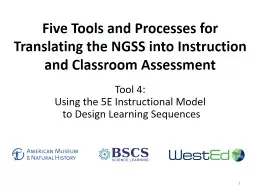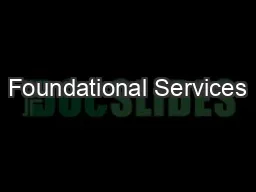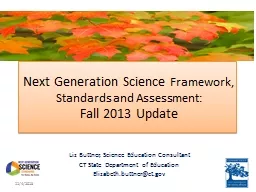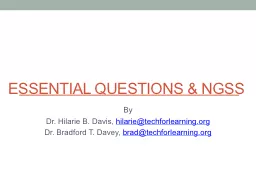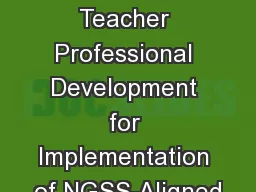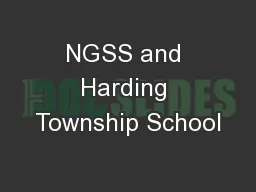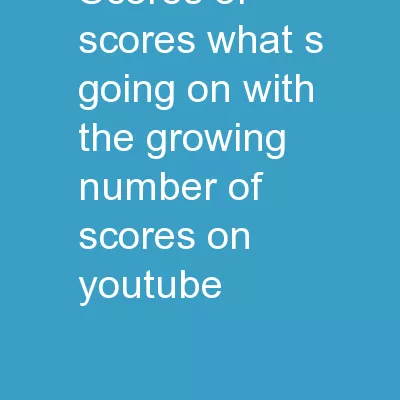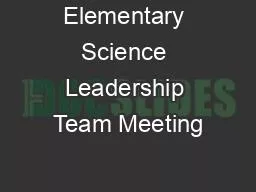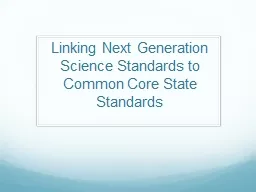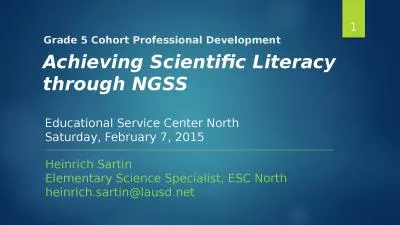PPT-Reporting Scores from NGSS Assessments
Author : test | Published Date : 2019-02-27
Exploring Scores Subscores Nathan Dadey Center for Assessment Reidy Interactive Lecture Series Portsmouth NH September 28 th 2017 Presentation Approaching NGSS
Presentation Embed Code
Download Presentation
Download Presentation The PPT/PDF document "Reporting Scores from NGSS Assessments" is the property of its rightful owner. Permission is granted to download and print the materials on this website for personal, non-commercial use only, and to display it on your personal computer provided you do not modify the materials and that you retain all copyright notices contained in the materials. By downloading content from our website, you accept the terms of this agreement.
Reporting Scores from NGSS Assessments: Transcript
Download Rules Of Document
"Reporting Scores from NGSS Assessments"The content belongs to its owner. You may download and print it for personal use, without modification, and keep all copyright notices. By downloading, you agree to these terms.
Related Documents

